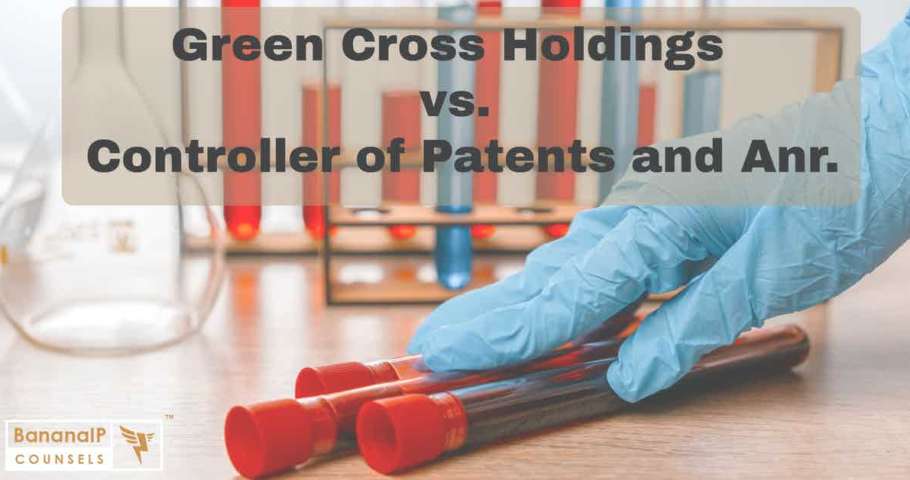This post was first published on June 12, 2012.
IP profession is fun and enjoyable for many reasons. However, there are some reasons that sometimes bog you down.
a. Scary Deadlines
Scary deadlines are first in that list. Every IP action is linked with a deadline and more often than not missing these deadlines is fatal. For people, who believe in Indian Stretchable Timings, these deadlines can be killing and nerve wracking.
b. Dealing with…

This post was first published on 26th June, 2014.
This post is in continuation of my earlier post regarding the meaning and principles behind copyright assignments in India. In this post, we will be specifically addressing the factors that should be taken into account while preparing an Assignment Deed and License Agreement.
Section 19 of the Copyright Act, 1957 as amended in 2012, lists certain exhaustive factors that should be taken into consideration by the parties involved, while preparing an Assignment…

This post was first published on 19th December, 2014.
It’s a musical world. From the pitter patter of raindrops to pulsating headaches, there is music everywhere. In many languages, voice modulation and tone become part of communication. Ever wondered if a method of creating music could be patented?
Well, that’s exactly what Wacky Patent 4, Mode enhanced Hindustani Music is about. US Patent Application No. 10/082,777 filed in February, 2002 by two inventors of Indian Origin, Prabhakar Prahlad Jamkhedkar and Prashant Prabhakar Jamkhedkar, was granted…

This post was first published on 26th November, 2014.
Here is the next post in the series of Student Blog Contest. This post is authored by Amrita Vasudevan.
Every city has its food treasures and eating haunts, and Bangalore, for example, has Shivaji Military Hotel's Donne Biryani or CTR's Benne Masala Dose, both of which have quite the fan following. Eating joints like these often become landmarks, and a ‘must visit’ for tourists. We often associate a particular taste or flavour with an…

This post was first published on Aug 6th, 2013.
The IPAB (Intellectual Property Apellate Board) issued an order regarding patentability of a patent application which claimed a specific application of a mathematical method.
3624/DELNP/2005 was filed as a National Phase application by Electronic Navigation Research Institute, Japan at the Delhi Patent Office in August 17, 2005 . The patent application relates to a system for analyzing a time series signal by a method based on Chaos Theory and calculating…

This post was first published on 26th June, 2014.
Justification for Publicity Rights is based on the Lockean Labor Theory, which essentially says that the fruits of one’s labor are one’s own. Therefore, Publicity Rights permit the exploitation of one’s persona by oneself. Unauthorized use of a person’s identity, including the person’s name, voice, image and likeness for commercial gain may give rise to a successful cause of action against the infringing party.
Since Publicity Rights are one of the two parts…

This post was first published on 16th July, 2014.
We will today discuss a case in the Indian Patent history that showcases how the IPAB and the IPO analyse the Inventive Step or Obviousness of an invention.
Green Cross Holdings (Appellant) v/s Controller of Patents and Deputy Controller of Patents (Respondents)
Case: This judgment, passed on June 18th, 2014 by the IPAB, was based on an appeal made by Green Cross Holdings against the order made by Deputy Controller of Patents on…

This post was first published on 7th July, 2014.
In this post, we will look into whether the mere use of trademark as part of a domain name or as an email id or even as private communication between parties can stand as proof of use of a trademark.
Documentary proof is generally submitted to show that an Applicant has been continuously using an impugned mark. It is an effort for Applicants to show trademark examiners how they use the trademark…

This post was first published on 4th August, 2014.
On 28th July, 2014, the Karnataka State Government passed a legislature, under which a person can now be arrested in Karnataka even before he/she commits an offence, under the IT Act. Shocking, isn't it? Let's shed some more light on it. In case you own a Smartphone and have a WhatsApp account, if the government thinks you are planning to send a 'lascivious' photo to a WhatsApp group, or forward a Copyrighted Song to a…

This post was first published on 15th October, 2014.
In the final post of this series, we shall be looking into the concept of software patents and examining the extent to which patent law is effective in protecting computer programs.
As mentioned earlier, protection of computer programs under the Copyright Law is limited to the protection of the literal elements of a computer program, i.e., the source code and the object code, and does not extend to the underlying idea and…
